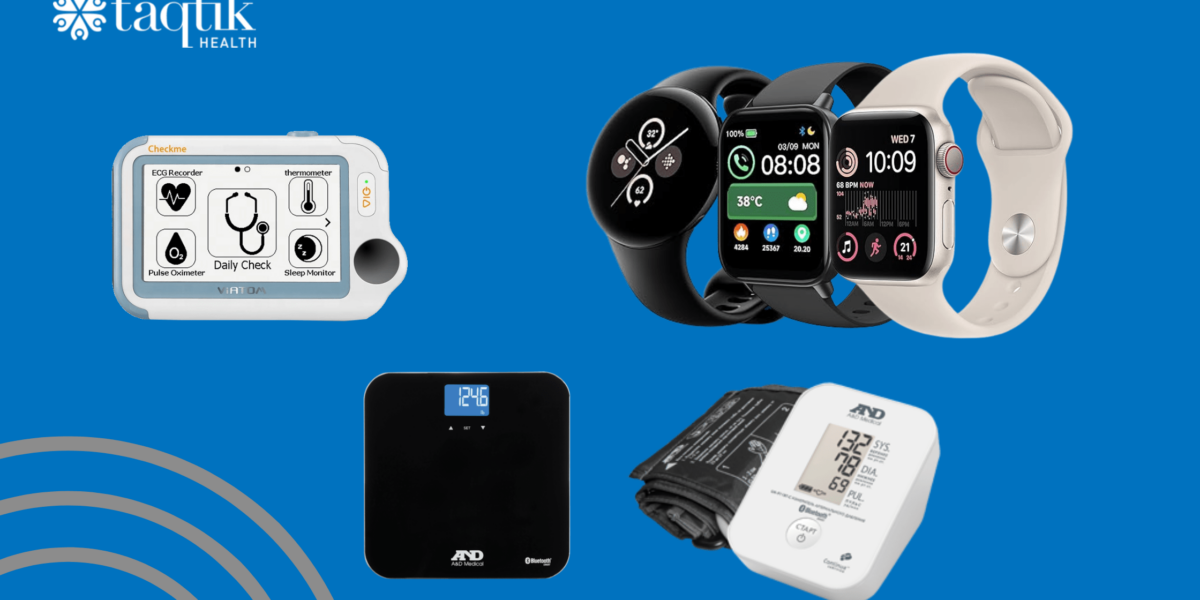After some in-depth research and candid conversations with those doing healthcare PPC, I’ve found the following 6 healthcare paid search tactics to be most successful:
#1: Get To Know Your Audience Well
You need to know your buyers like the back of your hand, and chances are you have a few different buyer personas that you’ll need to target in various ways. For healthcare advertisers targeting other medical professionals, you’ll need to ensure that your keywords, ad text, and landing pages speak to the language that the professionals searching for your services use. What keywords will they use to search for when looking for a management software or specific medical equipment? Are there different levels of experience, occupations or personas that you’ll need to target in an alternative manner?
Take into consideration the different stages the consumers searching are in. For B2C, most likely you’re targeting future patients, and therefore you’ll need to determine if that patient is in a research heavy mind-set, weighing their options between care providers, or in an urgent care state-of-emergency.
The main takeaway here is to spend time putting yourself in the shoes of your shoppers. Map out your various personas and create campaigns that target specific people aligning with their level of healthcare knowledge or the stage of the funnel they’re in.
#2: Pay Close Attention to Average Position and Impression Share
Shouldn’t I do this regardless of the industry? Well, yes, but staying on top of these two metrics is even more essential with healthcare, since as I explained above, remarketing and display are not really an option for healthcare advertisers. This means that you need to be getting max real-estate and visibility on the SERPs so those searching in a longer sales cycle don’t forget about you.
It’s also important to be aware that these metrics can change as Google releases updates to their algorithms, user behavior fluctuates, and competition changes so spend time reviewing each of these metrics on a regular basis and making changes accordingly. “It’s important to always be on the top of the SERPs to get the most exposure possible, and ensure that people keep hearing about you. Since you can’t remarket, this is even more important for advertisers in the healthcare vertical,” says Sergey.
#3: Make Contact Information Readily Available
This is critical for both B2B and B2C advertisers in the health industry. Think about a patient in a state of an emergency or in serious pain; they are without a doubt going to want immediate access to a phone number or address to receive urgent care. Then there’s the health providers marketing to others in their space; this demographic is likely well-educated and going through a longer sales process where research is heavy and specific questions need to be asked that can’t be answered without contacting an expert on the product.
So, how can you make sure that you’re utilizing every opportunity to make your contact information readily available? Ensure you’ve doing the following:
- Set-up Call Extension, Location Extensions, and Sitelink Extensions (linking to your contact page) for all Campaigns: This is easy to do, and will not only extend the real-estate of your ad while providing important information, but ad extensions have also been known to improve ad rank on the SERPs. “Ad extensions are very important. You need to include phone numbers, locations, make sure offices are easy to find on the map, provide details on how to reach your office. Basically, giving as much information as possible within the ad,” says Sergey. “Advertisers need to think about the fact that people want to reach them while they drive, if they get sick on the spot, and information needs to be available with all devices and communication means.”
- Make Contact Information Available on Every Landing Page: In the words of Taylor Swift, you should “never, ever, ever” have a landing page without contact information! In fact, in the healthcare vertical you should have your contact information visible on every page of your site. Why? Competition is heavy, and if a lead can’t find your digits or email, they might bounce back and forget about your completely. HelloHealth does a great job at having contact info on all pages. See the example below – just in the first fold of the page there are three easy ways to reach out, and it’s clear that a person is there to help you gather more information on their services.
Moral of the story, broadcast your contact info like it’s your job (because it is and it could save lives!).
#4: Ensure Your Mobile Strategy is Top-Notch
You may have already figured this one out, but typically if contact information is important then so is having a robust mobile strategy. Over 50% of healthcare administrators use their smartphones while making purchase decisions, according to Google.
Sergey explains that mobile is just as important for B2C healthcare consumers: “A lot of people use cell phones, especially when at work because they don’t want their coworkers or sometimes even their family members to find out their medical conditions,” he says. “People trust their phones more then they trust their desktop. A lot of mobile conversions come during the time of commute while sitting on the bus or the train, or in bumper to bumper traffic. Lunch-time at work, you’ll tend to see a lot of conversions as well.”
Alright, so mobile is big, but what can you do to ensure you’re appearing attractive to your mobile audience? Start by…
- Digging Into Your Mobile Stats: Before coming up with a robust mobile strategy compare your desktop vs. mobile performance in Google Ads by segmenting by device. Keep in mind that if clicks are occurring, but conversions are not, that might be caused by an unattractive mobile landing page experience.
- Make Mobile Bid Adjustments: If you are in fact seeing great results with mobile, you might want to make mobile bid adjustments for certain campaigns. Google allows you to bid as high as 300% more on mobile or exclude mobile completely by making a negative bid adjustment of -100.
- Create Mobile Preferred Ads: Your desktop ads will show on mobile if you skip this step, but it’s preferable to have two mobile focused ads (in addition to two desktop ads) per ad group if mobile is important to you. In these ads be sure to utilize call extensions, include short and relevant calls-to-action (such as “Call Now!”) and think like a mobile searcher.
- Make Sure Your PPC Landing Pages are Mobile Optimized: If they’re not, then you’re most likely going to lose a ton of potential customers. Visit your site on your iPhone to see how it appears. How quickly does the page load? Does the content fit the screen? Is contact information readily available on all landing pages? Grade your landing pages with our free tool to see how you’re currently doing.
- Experiment with Call-Only Campaigns: They’re brand new and great for the urgent, on-the-go mobile audience that needs to make a call, rather than visit a landing page. I’d recommend trying them out!
#5: More is More when it Comes to Landing Pages
Wait, what? Isn’t the saying ‘less is more’? Yes, indeed it is. I’m aware that landing page 101 teaches us to keep our landing pages short and concise, with minimal text, and a strong call-to-action with some engaging visual elements. For healthcare, this ain’t the case! Think about it, our health is the most important thing we have! I’d assume that most people would sacrifice material goods, jobs, vacations, etc. if it meant avoiding a life-threating disease. Am I right? This means that people want a LOT of information in order to make a decision when it comes to their health. Unless they’re in that emergency state, in-depth research is typically conducted and trust needs to be gained.
“Having too much information on your landing page in healthcare is actually going to help you keep people on your website,” says Sergey. “Otherwise they might end up somewhere else because they can’t find the answers they’re looking for.” Sergey tested out some alternative forms of landing pages with his client, The University Foot & Ankle, and found simple pages with a title, small ‘about us’ section, and a submission form converted far less then landing pages with videos and more in-depth information on conditions, treatments, causes, symptoms etc. to keep people on the site.
Patrick agreed that providing in-depth and comprehensive information on his landing pages proves much more successful. “We’ve tested out different strategies, but ultimately having a balance of text, images, and key bullet points works best,” he says. “The EHR space is a big replacement market so it’s important for us to answer all of the questions people have since companies are doing a lot of research. We always try to educate potential buyers up-front, providing enough information to save them time and make it easy for them to reach out to us when they’re ready.”
With all of this said, you need to ensure that you’re not directing users to a big scrolling block of text. This isn’t enticing and won’t lead to conversions. There needs to be a balance of images, videos, and text that’s organized by headings, sub-headings, and bullet-points to make it digestible. Also, do not be afraid to test! Running A/B landing page tests is the best tactic to finding the sweet spot to conversion euphoria.
#6: Invest in Quality Video Production to Add Value to Your Search & Landing Page Experience
Do you remember when every marketer couldn’t stop saying how “mobile is the future,” blah, blah, blah. Heck, people are still saying this, and it’s true – mobile is huge and growing, but videos are quickly becoming the new mobile. They are trending hard and for good reason.
Google found that out of 700 healthcare administrators surveyed, every customer reported watching videos to see product demonstrations. Even more impressive is that after watching, 79% continued on the manufacturer’s website and 63% talked to others about the information.
Sergey explains that videos are becoming a necessity in the industry. “We use videos on every single landing page, and every single page has a real doctor from the office that talks to the patient. It creates likeability and trust,” he says. “Although, try to avoid generic stock images in videos because it pushes people away.”




